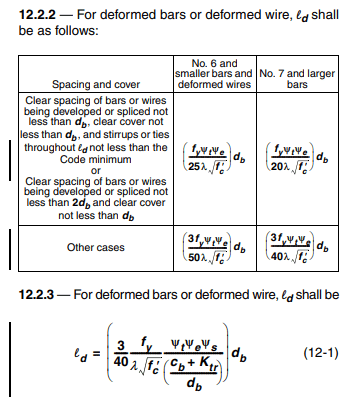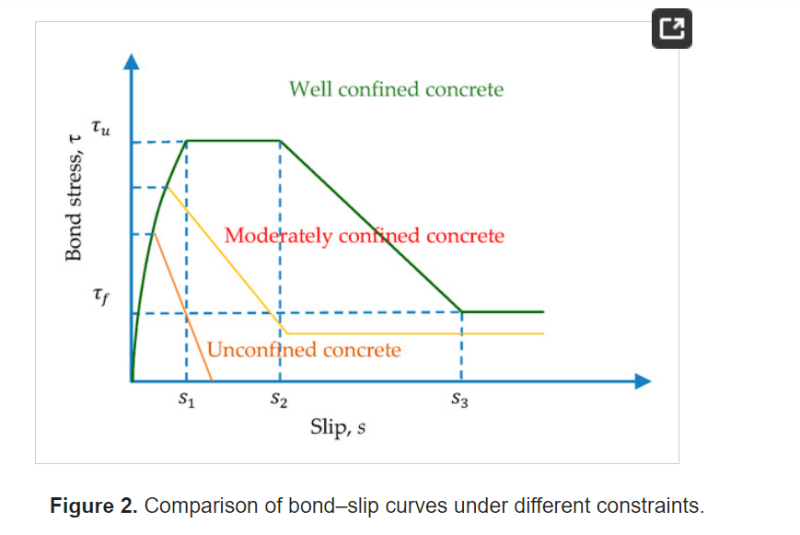Hi buddy
We know transverse reinforcement is required to be provided at the lap zone of rc beam, I would like to know your practice if shear links are already provided for the beam, the area of transverse reinforcement in additional to the shear links area or not
Thanks
We know transverse reinforcement is required to be provided at the lap zone of rc beam, I would like to know your practice if shear links are already provided for the beam, the area of transverse reinforcement in additional to the shear links area or not
Thanks


![[bowright] [bowright] [bowright]](/data/assets/smilies/bowright.gif) K_tr
K_tr![[bowleft] [bowleft] [bowleft]](/data/assets/smilies/bowleft.gif)
